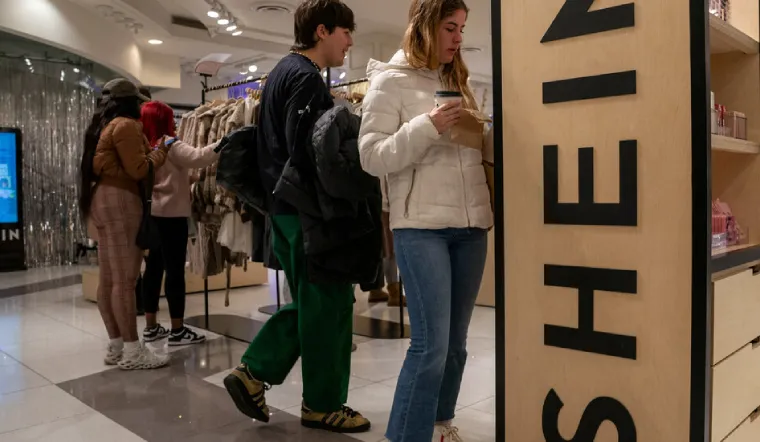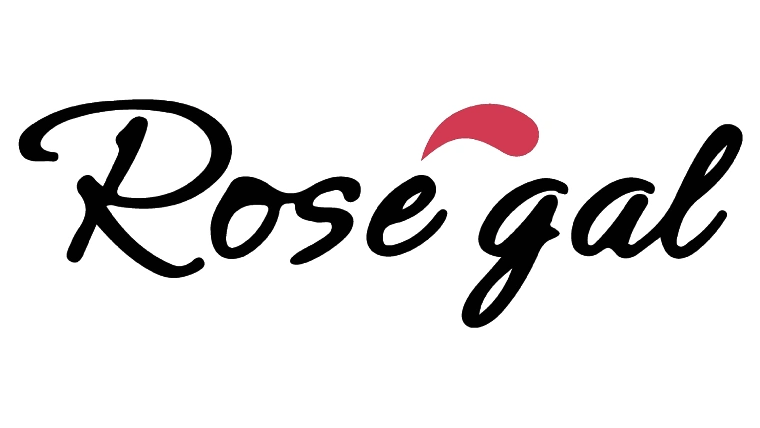In the domain of quick design, scarcely any names reverberate as unmistakably as Shein. This Chinese web based retail monster has quickly rose to the bleeding edge of the business, enthralling a worldwide crowd with its in vogue, reasonable clothing. Yet, what precisely is Shein, and how has it figured out how to cut out such a huge specialty in a packed market?
The Genesis of Shein
Laid out in 2008 by Chris Xu, Shein started as a little electronic retailer focusing in on women’s style. All through the long haul, it stretched out its span to integrate men’s wear, children’s clothing, decoration, and, shockingly, home product. Its thriving can be credited to a blend of insightful exhibiting, a sharp eye for designs, and a significantly capable creation organization.
The Business Model: Speed and Affordability
At the center of Shein’s prosperity is its capacity to convey the most popular trend patterns at surprisingly low costs. This is accomplished through a plan of action that underlines speed and cost-proficiency. Shein use information examination to rapidly recognize arising style and makes an interpretation of them into reasonable items accessible for buy very quickly. This quick circle back is made conceivable by a huge organization of providers and makers principally situated in China.
Digital Domination
Shein’s computerized first methodology has been instrumental in quite a while rise. Dissimilar to conventional retailers, Shein works exclusively internet, arriving at buyers through its site and versatile application. The brand has dominated web-based entertainment promoting, utilizing stages like Instagram, TikTok, and YouTube to draw in with a more youthful, educated crowd. Powerhouse organizations and client produced content are foundations of Shein’s showcasing methodology, assisting with making a feeling of local area and having a place among its clients.
Controversies and Criticisms
In spite of its prosperity, Shein isn’t without debate. The brand has confronted various reactions, especially with respect to its natural effect and work rehearses. Quick design, by its tendency, is related with elevated degrees of waste and contamination, and Shein is no special case. The organization has additionally been examined for its misty store network and the circumstances under which its items are made. Pundits contend that the low costs of Shein’s items come at the expense of moral work practices and manageability.
Consumer Appeal
What keeps shoppers returning to Shein, in spite of these reactions, is the sheer assortment and reasonableness of its contributions. The brand takes care of many preferences and styles, making design available to individuals from various different backgrounds. This inclusivity, joined with successive deals and limits, makes a devoted client base that values both style and reserve funds.
The Fate of Quick Design
Shein’s transient ascent is a demonstration of the changing elements of the style business. As buyer inclinations shift towards additional reasonable and in vogue choices, conventional retailers should adjust to remain cutthroat. In any case, the developing familiarity with supportability and moral creation rehearses represents a critical test to Shein and other quick design brands. The future will probably see a more noteworthy accentuation on offsetting reasonableness with obligation.
Conclusion
Shein addresses both the zenith and the traps of quick design. Its capacity to convey stylish, reasonable dress at lightning speed deserves it a worldwide following, yet not without critical moral and natural expenses. As customers become more aware of the effect of their buys, Shein and its companions should explore these difficulties cautiously to keep up with their predominance in the design world.
In the consistently developing scene of style, Shein remains as a strong illustration of advancement and versatility. Whether it can keep on flourishing in an undeniably principled market is not yet clear, however one thing is sure: Shein has unalterably had an impact on the manner in which we contemplate style retail.




